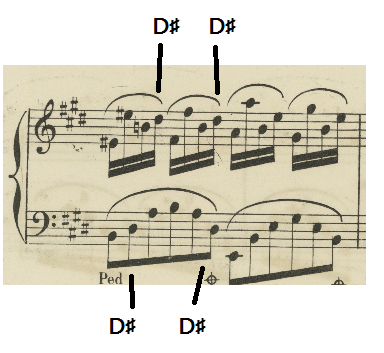I've been practicing Chopin's Fantaisie Impromptu for several weeks now, and while I'm by no means perfect at it, there aren't any aspects or parts of the piece that I am not confident I'll be able to tackle eventually with practice - except one: The fingering at the 3rd 16th-note quadruplet in the 16th measure (during Allegro Agitato, and its twin during the final Presto, measure 93 I think), outlined in a red box here:

In blue I've notated the fingering I'm using for both that quadruplet and the one preceding it, and it's the best one I've been able to come up with; but every time I practice (unless I'm doing so way under tempo - issues start to appear at about ♩≈100bpm during Allegro Agitato), specifically with going for that B key with 2 from the high A with 5.
I've tried jumping it, leaving the high A on 5 as fast as possible, but keep flubbing it (worsening as I accelerate the tempo); I've tried subbing the 2 for 1 (so it becomes a 1-5-1-4 sequence), but flub that even more frequently. Initially I was trying to make the stretch from the 5 to the 2 but quickly learned that that was unlikely to be an appropriate approach (hand pain).
I have noticed that some performers actually introduce a slight ritardando at the last half of this measure (for what I suspect are similar reasons - see this recording, at time approximately 00:22 - 00:26), but that not being indicated in the score I'm hesitant to apply it myself.
I'm simply wondering what fingering / approach is commonly used to tackle this particular measure, as it alone in this entire piece is the one giving me any kind of difficulty I don't yet have a good answer for.

